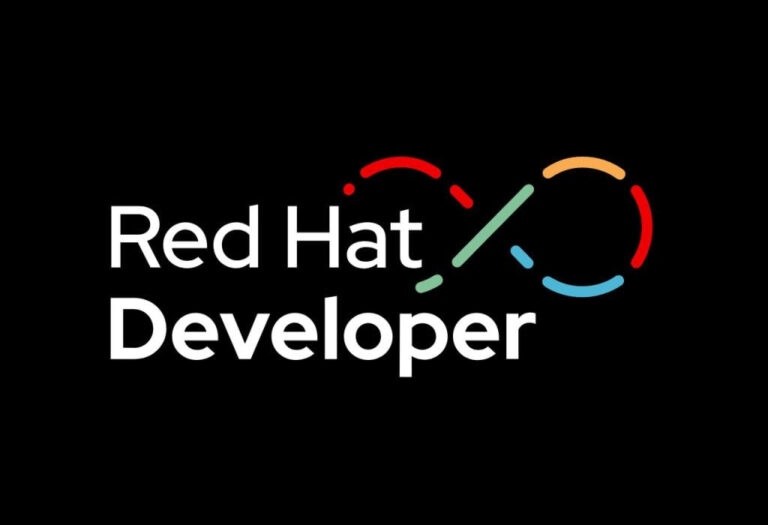In the current geopolitical landscape, cyberwarfare has become a central component of conflicts and disputes between nations.States are employing offensive cyber operations for espionage, sabotage and political influence on a global scale.
Attacks coordinated by governments (often through advanced groups known as APTs (persistent advanced threats) ' EVOLved in sophistication and reach. This context of global cyber threats directly affects the digital security of Brazil, exposing strategic sectors to significant risks and requiring responses at the technical level of adversaries.
Cyberwar evolution on the global stage
Over the past two decades, cyberwarfare has gone from an isolated phenomenon to a global pandemic.At this turn, there was an important milestone: the 2017 NotPetya attack, a malware with a destructive power unprecedented at the time, and which ushered in a new era of cyberwarfare.
Since then, traditional conflicts have had a strong digital component: for example, the Russian campaign in Ukraine included a series of cyber attacks against power grids, communications and government agencies, while hacktivist and criminal groups aligned themselves with state interests.
The main state agents of global cyberwar include powers such as China, Russia, the United States, Iran and North Korea, among others. Each employs specific strategies: cyber espionage for theft of industrial and government secrets, sabotage against critical enemy infrastructures, and influence attacks (such as invasions followed by leaking sensitive data to interfere with political processes). A worrying feature is the growing collaboration (or tolerance) between States and criminal groups.
Exemplos incluem gangues de ransomware sediadas em países que não as reprimem, usando extorsão financeira para causar danos estratégicos. Em 2021, o ataque de ransomware à Colonial Pipeline nos EUA (atribuído a um grupo de língua russa) expôs a falta de preparo de empresas de infraestrutura diante de ameaças desse tipo. Esses ataques em infraestrutura crítica conferem notoriedade aos agressores e muitas vezes retornos financeiros, o que os torna cada vez mais frequentes e sofisticados.
China's growing influence
A China tem despontado como uma das potências cibernéticas mais influentes e ativas. Relatórios recentes indicam uma expansão agressiva das operações chinesas de espionagem digital em todo o mundo. Em 2024, observou-se um aumento médio de 150% nas intrusões conduzidas por hackers ligados à China, atingindo organizações em praticamente todos os setores da economia. Somente em 2024 foram identificados sete novos grupos chineses de ciberespionagem, muitos especializados em setores ou tecnologias específicas.
As campanhas cibernéticas realizadas por hackers chineses têm alcance global e não poupam a América Latina. Pesquisas apontam que, em 2023, a maioria dos ataques cibernéticos na América Latina se originou de agentes ligados à China e à Rússia.
Esse esforço coordenado reflete não apenas objetivos geopolíticos (como monitorar posicionamentos diplomáticos ou investimentos estrangeiros), mas também interesses econômicos. O Brasil, por exemplo, é hoje o maior destino de investimentos chineses na América Latina, especialmente em energia, telecomunicações e mineração. Coincidentemente (ou não), ciberespionagem originária da China contra alvos brasileiros cresceu de forma semelhante ao observado em outras regiões de alto investimento chinês, como países participantes da Iniciativa do Cinturão e Rota – grupo que reúne países da Ásia, Europa, África, e América Latina.
Impact of global threats in Brazil: strategic sectors under attack
Several Brazilian strategic sectors are already undergoing intrusion attempts by foreign malicious actors, whether groups supported by nations or sophisticated criminal organizations. The main vectors include targeted phishing campaigns, advanced malware inserted into critical networks and exploitation of vulnerabilities in widely used systems
Diversas instalações da infraestrutura crítica brasileira – como redes de energia elétrica, petróleo e gás, telecomunicações, água e transportes – têm se tornado alvo frequente na ciberguerra, dado o potencial de causarem danos em larga escala caso comprometidas. Em fevereiro de 2021, duas das maiores empresas do setor elétrico brasileiro sofreram ataques de ransomware que as forçaram a suspender parte de suas operações temporariamente.
O setor financeiro também não fica de fora. Grupos norte-coreanos vêm mostrando grande interesse em alvos brasileiros de criptomoedas, instituições financeiras e até setores de defesa. Esses criminosos buscam roubar ativos digitais para financiar programas do governo norte-coreano, contornando sanções – trata-se de uma forma de ciberguerra de motivação econômica. Além disso, cibercriminosos internacionais (muitas vezes ligados a redes da Europa Oriental) veem os bancos brasileiros e seus milhões de clientes como alvos lucrativos. Campanhas de malware bancário, redes de phishing e roubo de dados de cartões atingem o Brasil em escala industrial. Não por acaso, um relatório recente indicou que o Brasil é o segundo país mais atacado do mundo em crimes cibernéticos, sofrendo mais de 700 milhões de investidas em 12 meses (média de 1.379 ataques por minuto)– muitas das quais visando fraudes financeiras.
Government & public institutions
As instituições governamentais brasileiras – incluindo órgãos federais, Forças Armadas, Judiciário e governos estaduais – tornaram-se alvos prioritários na ciberguerra, atraindo ataques de espionagem e sabotagem de diversos países. Grupos associados à China, Rússia e Coreia do Norte direcionaram operações contra o Brasil nos últimos anos.
A motivação vai desde o interesse em segredos diplomáticos e comerciais até a obtenção de vantagem estratégica em negociações internacionais. Um relatório do Google em 2023 revelou que, desde 2020, mais de uma dezena de grupos de ciberespionagem estrangeiros têm alvejado usuários no Brasil – 85% das atividades de phishing atribuídas a governos originaram-se de grupos da China, Coreia do Norte e Rússia.
Essa atividade intensa reflete a posição do Brasil como líder regional e ator influente no cenário global, tornando-o um alvo atrativo para adversários em busca de informações privilegiadas.
How Brazil has mitigated the risks of cyberwarfare
In the face of the escalation of global cyber threats, Brazil has been adopting and should continue to improve several measures to mitigate risks and strengthen your cybersecurity. The lessons learned from the incidents and the recommendations of experts converge on some key points, such as the strengthening of government cyber defense structures 2021 Brazil approved the National Cyber Security Strategy (E-Ciber), which emphasizes the need to strengthen national protection capabilities, improve international cooperation and encourage the development of national technologies.
Mas ainda há muito o que ser feito. O país precisa implementar camadas adicionais de defesa nos setores de energia, telecomunicações, financeiro, transporte, saneamento e outros serviços essenciais. Isso inclui adotar padrões internacionais de segurança (por exemplo, normas ISO 27001, framework NIST) e exigir que operadores de infraestrutura cumpram requisitos mínimos de cibersegurança. Também é necessário reduzir a superfície de ataque dessas organizações, elevar sua resiliência e estabelecer protocolos robustos de prevenção, monitoramento e resposta a incidentes.
Em especial, deve-se melhorar a segurança da espinha dorsal da internet no Brasil – protegendo data centers, grandes servidores, pontos de troca de tráfego e outros ativos que suportam vários setores críticos.
In the field of private companies, there is greater maturity depending on the segment.The financial, for example, has one of the most advanced ecosystems in cybersecurity in Brazil, driven by strict regulations of the Central Bank, continuous investments in anti-fraud technology and the need to protect high-value transactions against increasingly sophisticated threats.
In conclusion, global cyberwarfare imposes complex challenges on Brazil, but manageable with adequate planning and investments. The country has already shown progress IS considered the most mature posture in cybersecurity in Latin America IS BUT the pace of the threat requires constant improvement.
In the invisible theater of cyberspace, where attacks occur in microseconds, preparing in advance is critical. Strengthening Brazilian cyber resilience will not only mitigate the risks of cyberwar, but will also ensure that Brazil can safely seize the opportunities of global digital transformation, without having its sovereignty or strategic assets hostage to hidden adversaries.In short, cybersecurity is national security, and should be a priority in times of peace and conflict, today and forever.













